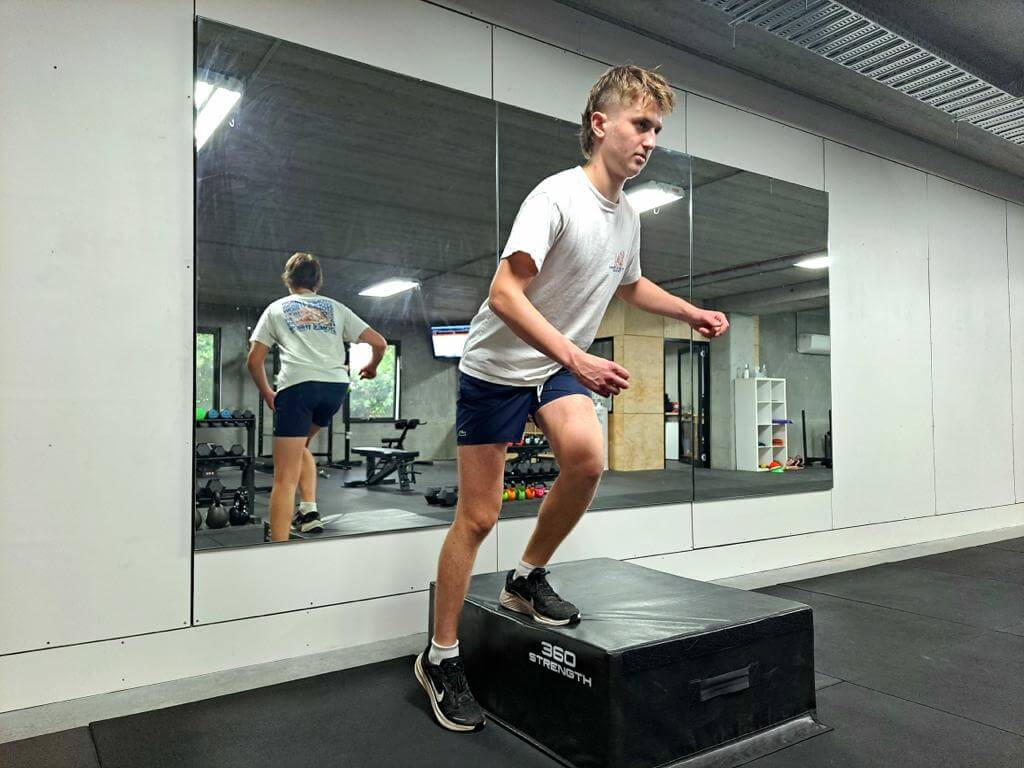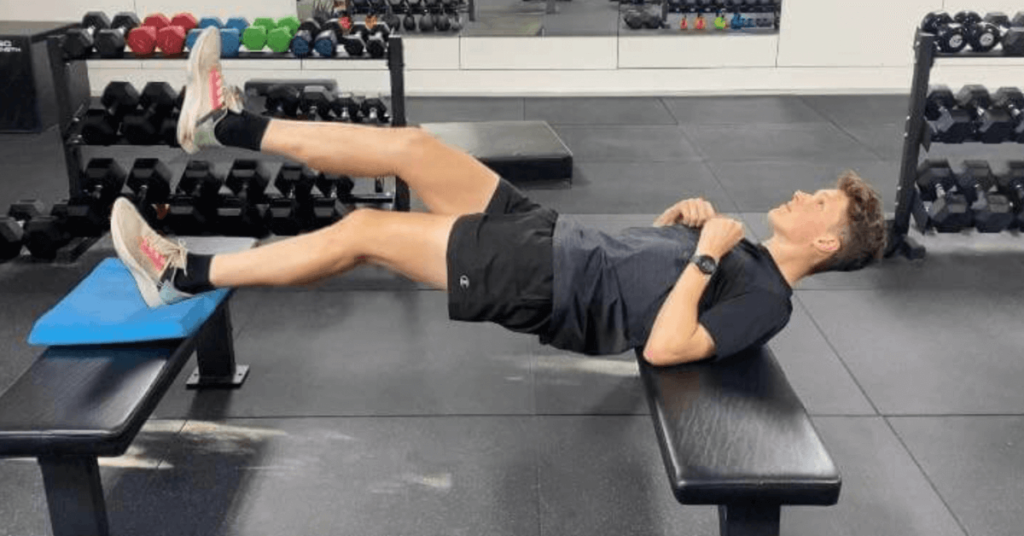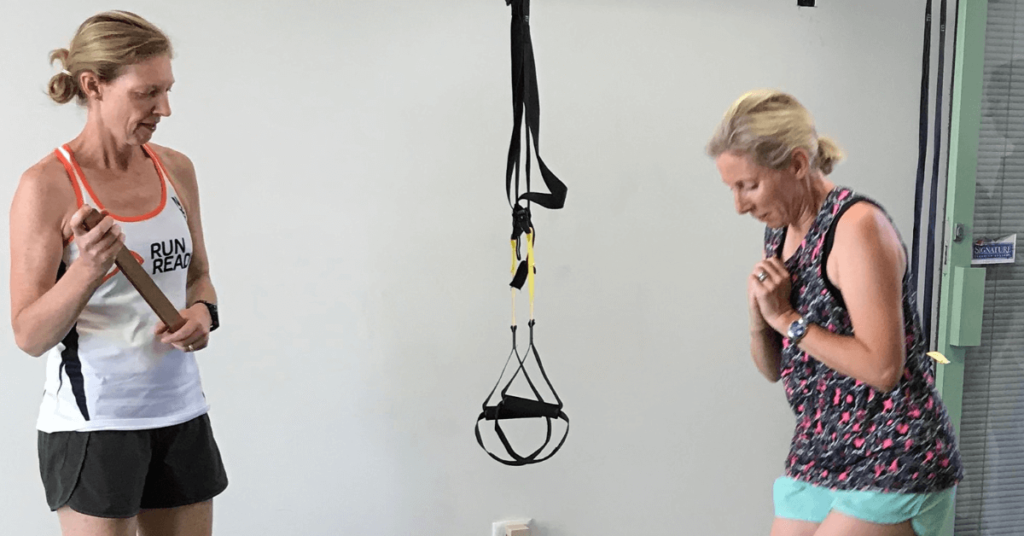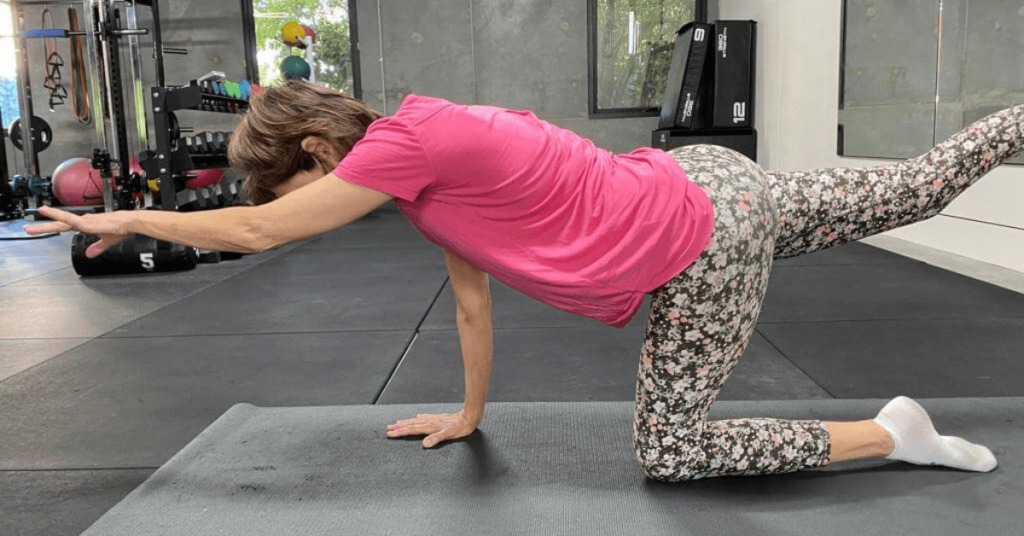Top Strength And Conditioning Methods For Athletic Training

The widespread belief that strength training detracted from athletic performance persisted until the last four decades, during which time the vast majority of sports athletes were instructed to refrain from it. However, we now know that elite athletes who wish to lower their risk of injury and improve their performance for both physical and mental need a good strength and conditioning program.
There is an element of force in every sport, whether playing an instrument or pedalling your way to victory. In addition to honing their sport-specific abilities, athletes need to focus on increasing their overall strength and stamina at least 2-3 days per week.
A sports conditioning exercises programme may help athletes improve their performance by teaching them various valuable skills. Using a method known as post-activation potentiation (PAP), or complex training, this programme aims to improve muscle strength and power.
Before beginning a high-intensity training programme, warm up properly with various mobility exercises. Complex workouts may be done in two ways: Start with a simple exercise and work your way up to a complex set before moving on to the next. Using circuit training, you may make the movement more challenging by cutting down recovery time between complicated sets.
Maintaining a healthy cardiovascular system requires frequent aerobic exercise. Cardio exercise improves your body’s ability to use oxygen and convert it into kinetic energy. This allows you to perform your sport for a more extended amount of time and less effort.
Athletes Need For Strength And Conditioning
While every sport’s training techniques are unique, there are some sorts of workouts and training to gain muscle that might benefit every athlete to reduce the risk of injury when increasing their size and strength.
Here are three key ideas to know:
Anterior Vs. Posterior Chain Exercises
Pectoral and quad muscles are among the anterior chain muscles, encompassing all of the muscles on the front of the body. The bench press and squat are two examples of exercises that use these muscles. The scapula, rotator cuff muscles, and hamstrings are examples of posterior chain muscles. The leg curl is a typical example of a movement that employs these.
There are various strength training programs for different sports. To properly strength train an athlete, it is essential to know the difference between strengthening anterior and posterior muscular chains and the proper ratio. Regardless of which group of muscles is more often used, it is critical to maintain the appropriate muscle balance and corrective exercises so as not to allow one muscle to overgrow. When it comes to injury, muscle imbalances are the most common cause.
The Anterior Chain dominates most sports. Every stroke in tennis, for instance, is a forward movement. Except for chasing down a lob, no other movement is a posterior movement. Tennis players must have anterior solid chain strength to perform at their best. Several ailments may occur if tennis players don’t exercise their posterior chain.
Bilateral Vs. Unilateral Training:
One of the most crucial aspects of training is unilateral training, in which you focus on one side at a time. This implies that the identical exercise is performed individually by each limb or side of the body—for instance, bench pressing using dumbbells instead of a barbell.
Strengthening one’s weaker side is made more accessible by using both sides of one’s body to do a lift simultaneously.
The development of balanced strength requires both bilateral and unilateral exercise at times. Right and left may elevate at the same time, and vice versa. Additional stability and balance may be gained by exercising the joint on both sides. As a general rule, bilateral training may be beneficial, but it also conceals the weaker side and reduces the amount of work it has to do.
Train Your Body’s Movements
Athletes, particularly specialist ones, must learn to move in a range of motion and be more conscious of their bodies to prevent injury. Injuries are more likely to develop when movement patterns do not match correct physiology. Incorrect movement patterns may be caused by various things, including a lack of strength in the stabiliser muscles, lack of mobility, muscular imbalance, and more.
Having knees that wobble in when you squat, for example, is a warning sign of damage. In several instances, athletes who have unstable knees in training end up injuring their knees by jumping up for a rebound and landing in the wrong posture. Learning how to land, start, stop, and move your body as a whole is critical.
Top 5 Athletic Training Strength And Conditioning Methods
1. Movements in Compound Form with Accommodating Resistance
When it comes to sports training, preparing the body and muscles to move at high speeds is essential. As a result of this type of training, bands and chains were used for resistance training. These tools enable you to regulate the slowdown and acceleration of moving loads while they are in motion. They have the potential to significantly boost your strength in a brief period if appropriately performed.
When considering whether or not to raise the amount of weight you’re lifting, use the “2 for 2” rule: if you can complete two more repetitions with a certain weight for two consecutive workouts, you can start to increase the weights.
2. Plyometric Exercises
New approaches to building rapid twitch muscle fibres in the lower body have emerged due to the jump training movement. Plyometrics is a kind of training that emphasises explosive movements and speed while also strengthening the muscles in the legs and hips via repetitions of leaps.
It is best to do these exercises with a modest number of repetitions and short rest periods between each session. Plyometric training is essential to become more robust and quicker athletes. Jump training can make you a more explosive athlete if appropriately done, which implies low volume, low repetitions, and enough recovery between sets.
Intervals Of Sprinting
For athletes to be ready for action on the field, sprinting bursts separated by proper recovery are critical. Take team sports such as football, for instance. There is a 35-45 second pause between each play.
Slightly extended rest periods between bouts of high-intensity exertion are standard in several sports. When training for a game, athletes should anticipate the same amount of activity and rest as they would during a game itself. The best way to do this is through high-intensity interval training on hills or tracks with a professional trainer 2-3 times per week.
It is critical to instill a positive attitude among your players while being a strength program and performance Coach. Athletes of any age or skill level may benefit from this training method. Provide nonverbal and vocal positive reinforcement depending on your players’ individual habits. Recognize players’ individual contributions to practise or the squad; you’ll be giving them good feedback on their abilities. Try to include a reward program to motivate them as well.
Workout Utilising Medicine Balls
When utilised in a vast open space, a med ball allows an athlete to unleash tremendous force without fear of punishment. There is no need to slow speed while throwing them in any direction. The athlete will be able to accelerate the ball faster since there will be no time for it to slow down. In addition to increasing your arm and chest strength, tossing a medicine ball enhances your hand-eye coordination, stability, and flexibility.
Working Exercise With Push-Pull-Carry
During the off-season, many athletes need to acquire weight and gain strength, and the easiest method to achieve this is to carry, push, or pull heavy things. It jolts the nervous system into a state of rapid muscular growth. Many sports rely on this program for gains kind of conditioning training to develop athletes quicker and more robust, including football, rugby, and the like.
End Note
To continue getting stronger, every athlete has to work on their strength and conditioning to become better and remain healthy. Strength and conditioning workouts lose their efficacy and put athletes at risk of injury if the appropriate technique is not adhered to throughout training.
Make sure your landings from jumps are controlled and smooth. Allow enough rest between sets and repetitions. Do some static stretching after every exercise to help your muscles recuperate. You may rapidly develop an athlete’s explosive strength, speed, and power by implementing these athletic training exercises into your daily regimen.
With proper discipline and a simple reminder of some fitness tips, these can help develop and improve an athlete’s full potential.




